This 3D model of ARC-170 Starfighter consists of files in StereoLithography (.Stl) format that is optimized for 3D printing.
Before printing the files, we strongly recommend reading the PRINTING DETAILS section.
WHAT WILL YOU GET AFTER PURCHASE?
- 2 versions of ARC-170 Starfighter STL files for FFF/FDM and DLP/SLA - files for all versions are available for download after the purchase;
- STL files of high-poly ARC-170 Starfighter Model for 3D printing consist of 166 files;
- Sizes for:
- FFF/FDM: 127 mm tall, 707 mm wide, 461 mm deep;
- FFF/FDM on a platform: 171 mm tall, 707 mm wide, 461 mm deep;
- DLP/SLA: 63 mm tall, 354 mm wide, 231 mm deep;
- DLP/SLA a platform: 135 mm tall, 354 mm wide, 231 mm deep;
- Assembly Manual for FFF/FDM 1.0 and DLP/SLA 1.0 versions in PDF and video formats;
- Detailed settings that we provide as a recommendation for Cura, Bambu Studio, Simplify3D, Slic3r and PrusaSlicer for the best print;
- Full technical support from the Gambody Support Team.
Detailed information about this 3D printing model is available in the DESCRIPTION section.
ABOUT THIS 3D MODEL
Aggressive ReConnaissance-170 starfighters used by the Galactic Republic during the Clone Wars were considered the most advanced fighters of their time: ARC-170 served as a multipurpose craft and was perfect both for active combat and long-range armed reconnaissance. ARC-170 was distinguished by its powerful ion engines, developed sensor systems, and heavy armament.
ARC-170 Starfighter for 3D printing is a great project that will entice every Star Wars fan. The author of the model made sure to incorporate all features the bomber possessed: the design of the hull, engines, and wings follows the canonical look of the starship and is enhanced with such details as elaborate crew cockpit interior, crew miniatures, movable elements, and thematic platform, among others. The model is perfectly adapted for printing on filament and resin printers and will be a good choice both for beginners and seasoned 3D printing enthusiasts. Don't miss this brilliant collectible!
ADAPTATION FOR 3D PRINTING
The ARC-170 Starfighter model for 3D printing is an active assembly model and its moderation and adaptation for different types of 3D printers took the Gambody team 97 hours in total.
For you to receive the cleanest 3D printing result possible, minimize the amount of filament needed for generated support, and make use of the active elements designed by Gambody Engineers, the bomber was divided into convenient assembly parts.
All assembly parts in the FFF/FDM 1.0 version are provided in STL files in recommended positions that were worked out in order to ensure the smoothness of the details’ surfaces after printing and that the 3D printing beginners won’t face difficulties when placing the parts on a build plate. When downloading any model’s file you will also receive “Assembly Manual” for FFF/FDM 1.0 and DLP/SLA 1.0 versions in PDF and video formats. We highly recommend that you get acquainted with the “Assembly Video” and “Assembly Manual” before getting down to the ARC-170 Starfighter 3D printing model.
The model is saved in STL files, a format supported by most 3D printers. All STL files for 3D printing have been checked in Netfabb and no errors were shown.
The model’s scale was calculated from the length of the ARC-170. The 3D printing model’s chosen scales are 1:32 for the FFF/FDM version and 1:64 for the DLP/SLA version.
VERSIONS’ SPECIFICATIONS
FFF/FDM 1.0 version features:
- Contains 88 parts;
- A printed model is 127 mm tall, 707 mm wide, 461 mm deep;
- A printed model on a platform is 171 mm tall, 707 mm wide, 461 mm deep;
- Movable dorsal turrets;
- Movable landing legs retract;
- Outer wings fold and unfold;
- 2 variants of the hull and the wings — with and without the emblems;
- Use the alternative platform for the flying position;
- There are tunnels for LED wiring to light up engines and cockpits;
- All parts are divided in such a way that you will print them with the smallest number of support structures.
DLP/SLA 1.0 version features:
- Contains 78 parts;
- A printed model is 63 mm tall, 354 mm wide, 231 mm deep;
- A printed model on the platform is: 135 mm tall, 354 mm wide, 231 mm deep
- Movable dorsal turrets;
- Movable landing legs retract;
- Outer wings fold and unfold;
- 2 variants of the hull and the wings — with and without the emblems;
- Use the alternative platform for the flying position;
- There are tunnels for LED wiring to light up engines and cockpits;
- All parts are divided in such a way to fit the build plates and to ensure that support structures are generated where needed.
You can get the ARC-170 Starfighter model for 3D printing immediately after the purchase! Just click the green Buy button in the top-right corner of the model’s page. You can pay with PayPal or your credit card.
Watch the tutorial on how to assemble the ARC-170 Starfighter 3D Printing Model on Gambody YouTube channel.
Also, you may like other Spacecraft 3D Printing Models.
________
FAQ:
Generic
Below you can find printing recommendations for Cura, Bambu Lab, Simplify3D, Slic3r and PrusaSlicer software.
Disclaimer: The following printing settings are a recommendation, not an obligation. The parameters can vary depending on the peculiarities of your 3D printer, the material you use, and especially the particular assembly part you are working with. Each part that any model comprises often needs preliminary review, and you are free to tweak the settings the way you find suitable.
Note:
You can scale up the model (downscaling for FFF/FDM 3D printers is not recommended!);
All connectors should be printed at 100% Infill.
Bambu Lab printing recommendations:
These basic 3D printing settings recommendations for beginners were tested in Bambu Studio 1.9.5. Test models were printed on the Bambu Lab A1, Bambu Lab A1 Mini, Creality Ender 3 S1, Anycubic Kobra 2, and Anycubic Vyper using PLA and PETG filaments.
To avoid printing problems, we recommend the following settings: download
Cura printing recommendations:
These are averaged settings which were tested in the Cura 5.8.1 slicer. Test models were printed on Anycubic Vyper, Creality Ender 3 Pro with PLA filament.
To avoid printing problems, we recommend the following settings: download
Simplify3D printing recommendations:
These are averaged settings which were tested in the Simplify3D 5.0.0 slicer. Test models were printed on Anycubic Vyper, FLSUN v400, Ender3 S1 with PLA filament.
To avoid printing problems, we recommend the following settings: download
Slic3r printing recommendations:
These basic 3D printing settings recommendations for beginners were tested in Slic3r 1.3.0 software. Test models were printed on Ultimaker 2, Creality Ender 3, Creality Cr-10S pro v2, Anycubic I3 Mega, Anycubic I3 MegaS, Anycubic Vyper with PLA and PetG filaments.
To avoid printing problems, we recommend the following settings: download
PrusaSlicer printing recommendations:
These basic 3D printing settings recommendations for beginners were tested in PrusaSlicer 2.3.1. Test models were printed on Ultimaker 2, Creality Ender 3, Creality Cr-10S pro v2, Anycubic I3 Mega, Anycubic I3 MegaS, Anycubic Vyper with PLA and PETG filaments.
To avoid printing problems, we recommend the following settings: download

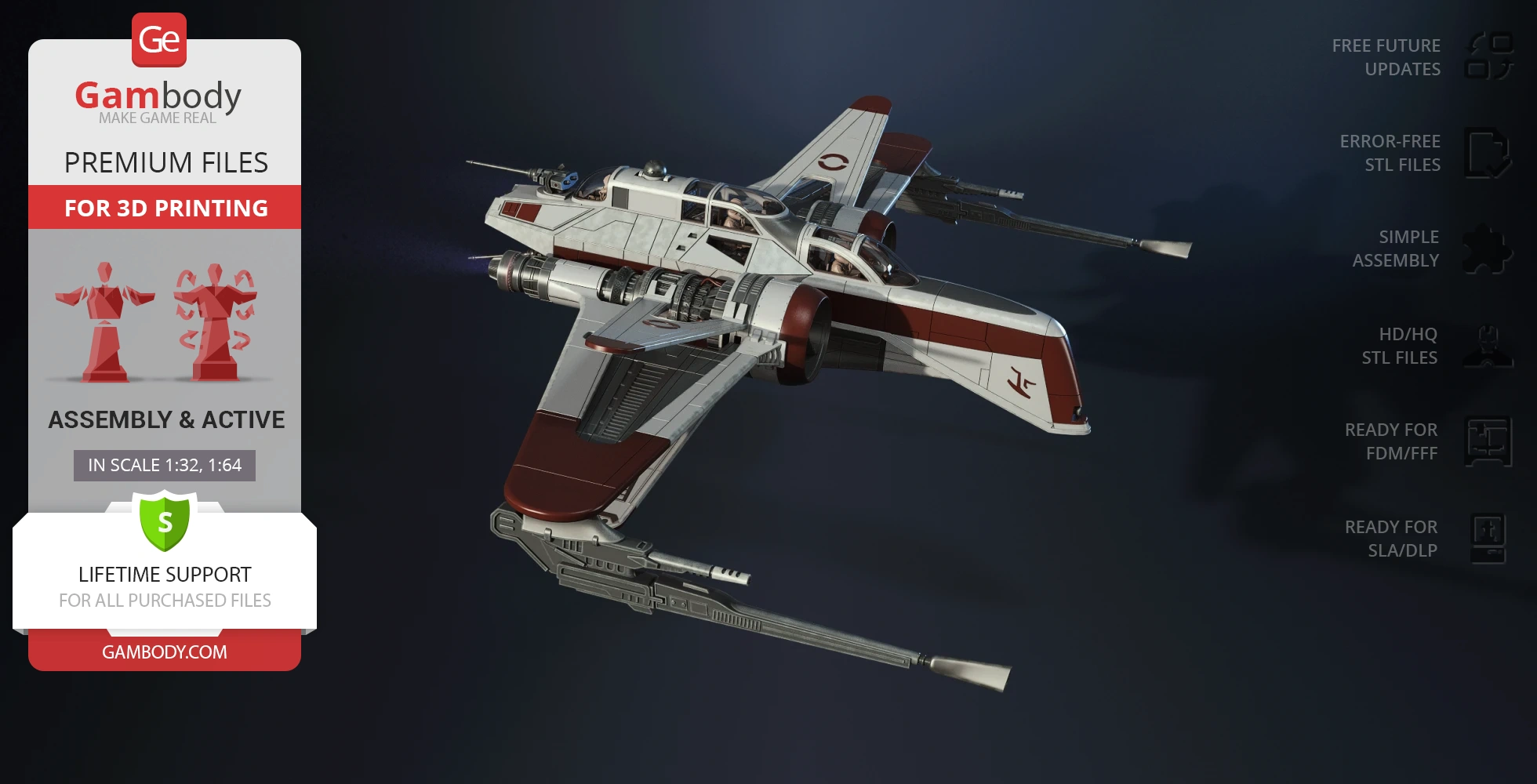
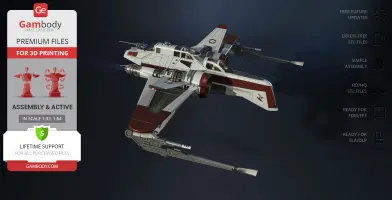
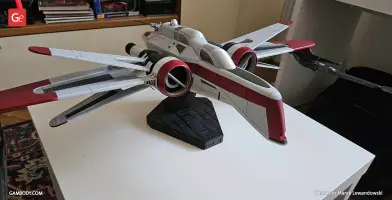

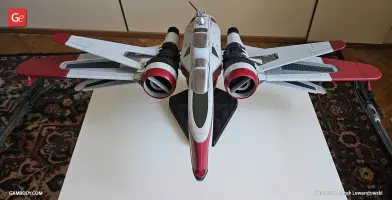
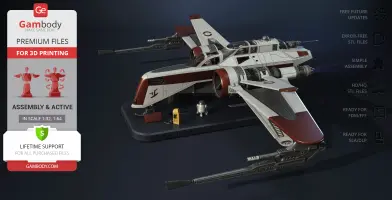
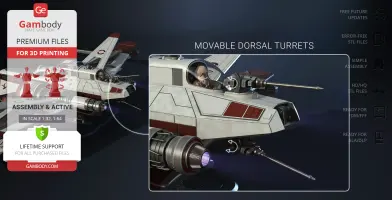
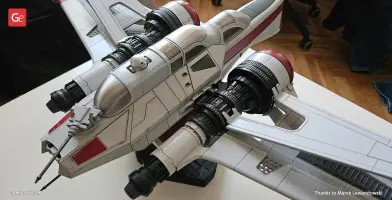
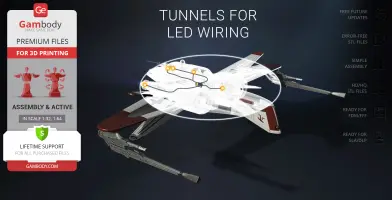
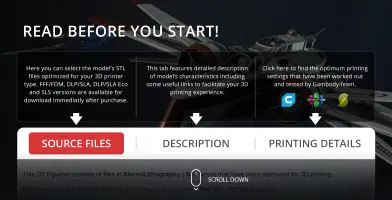


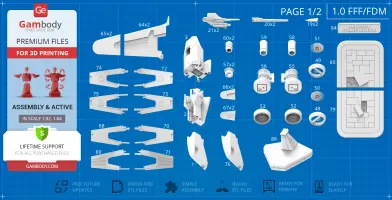
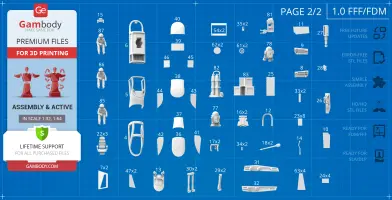
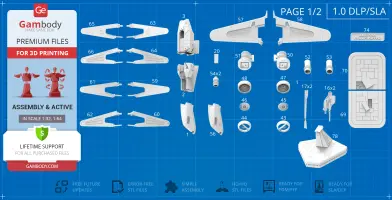
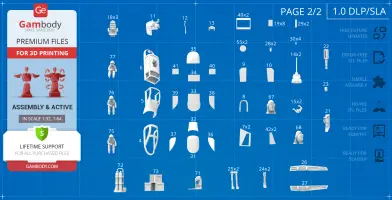
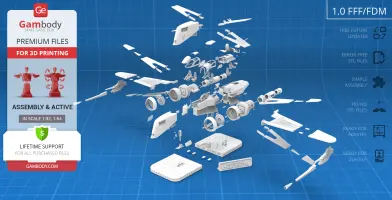
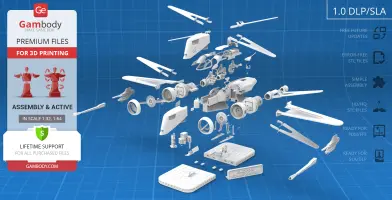
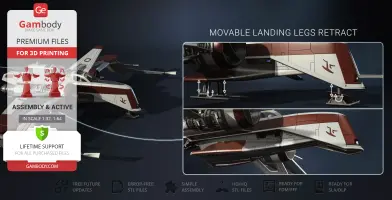
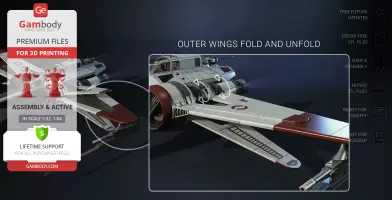
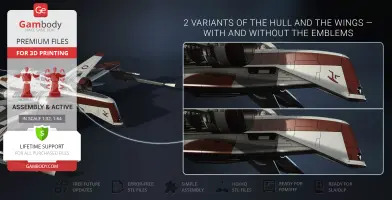
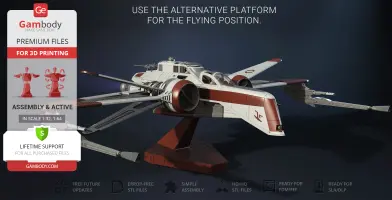
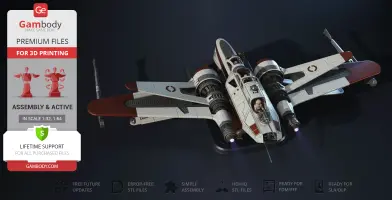
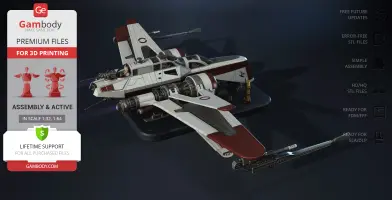
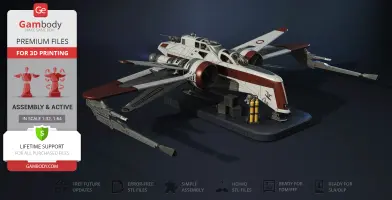
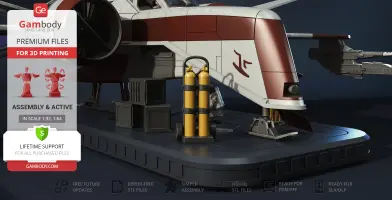
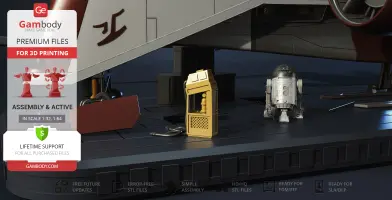

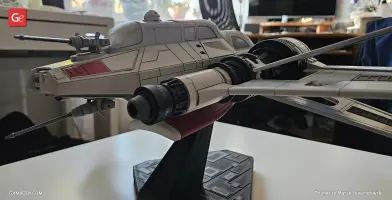
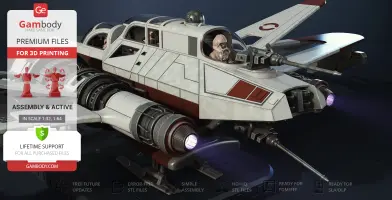
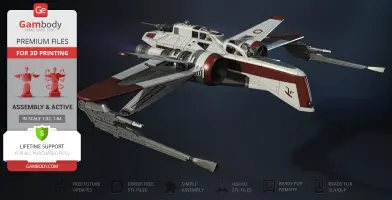
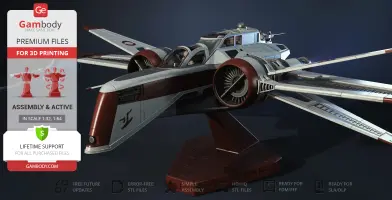

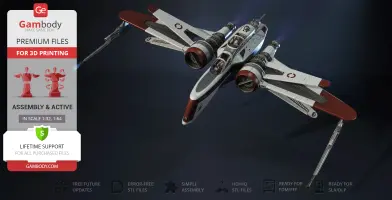
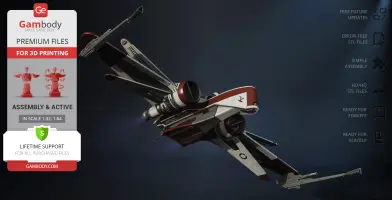
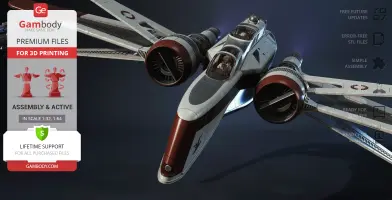
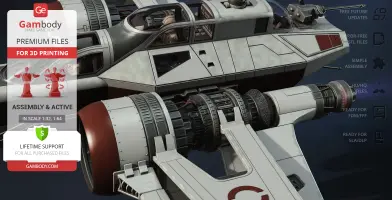
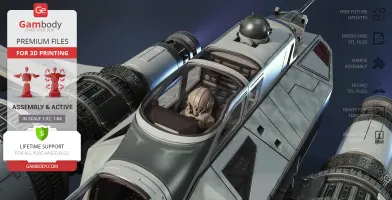
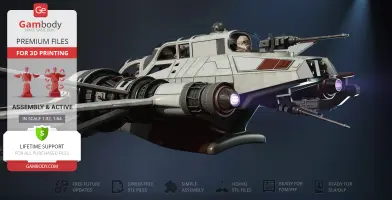
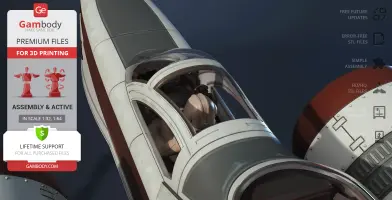
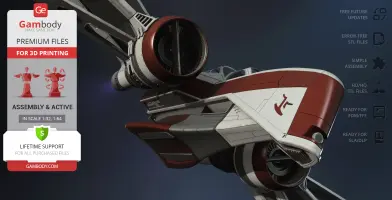
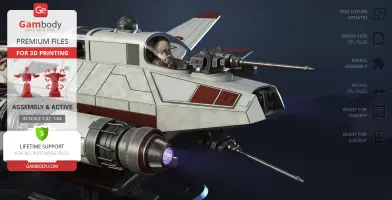
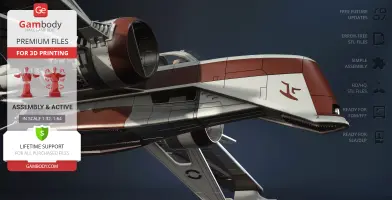
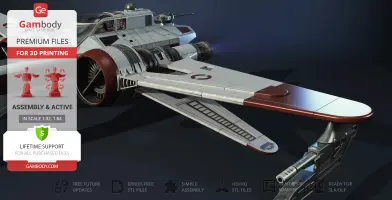
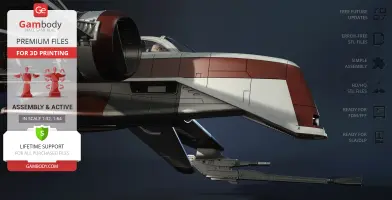
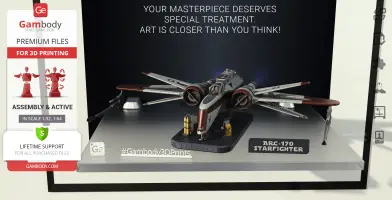
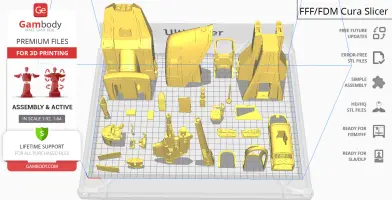
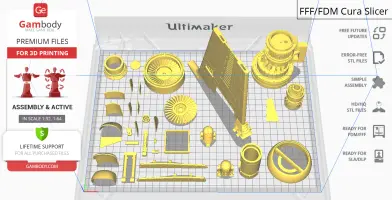
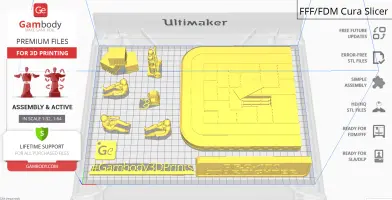




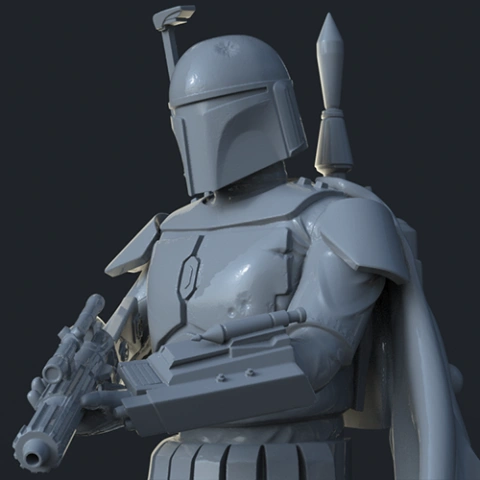
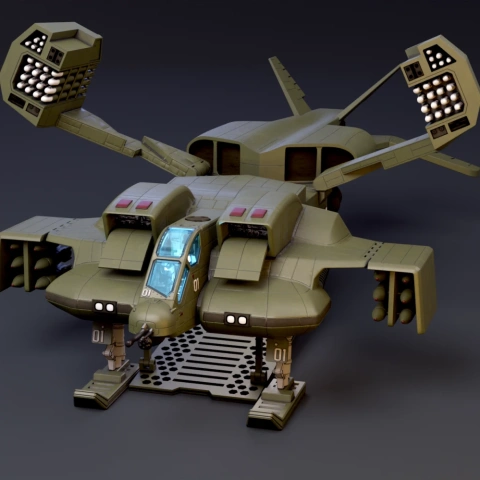
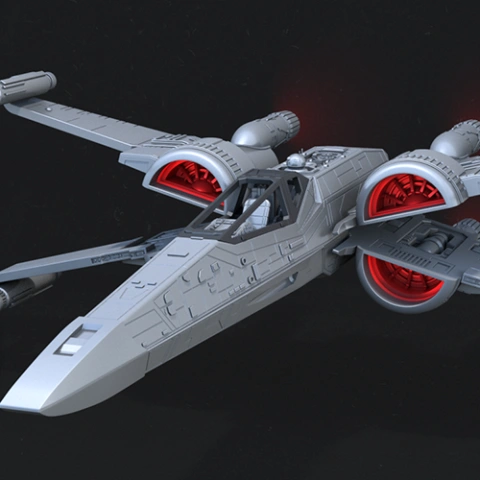

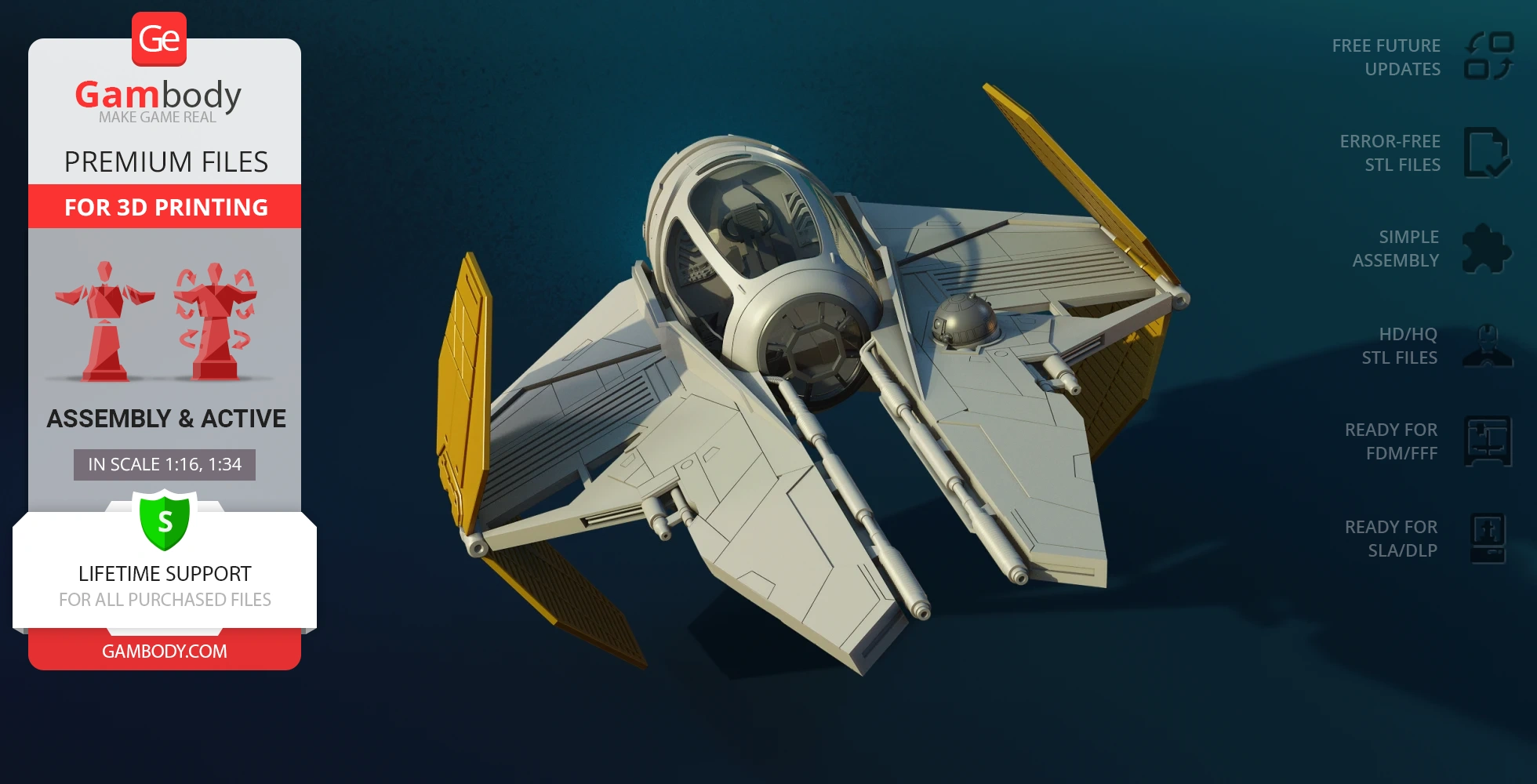
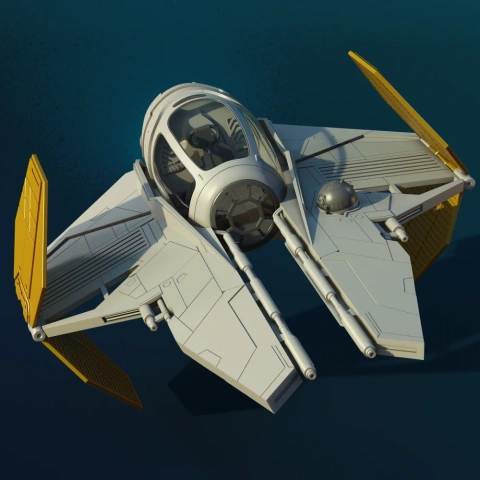
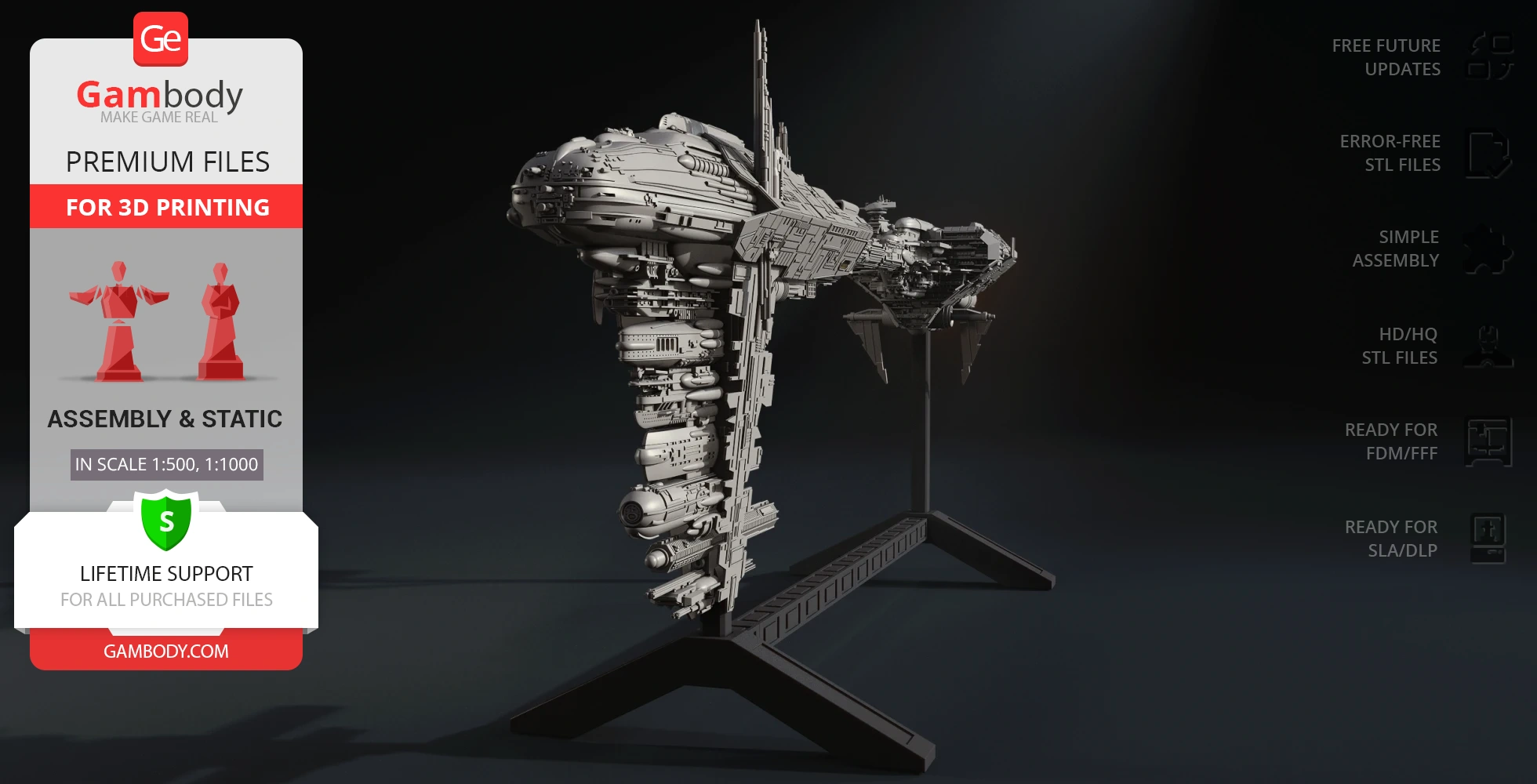
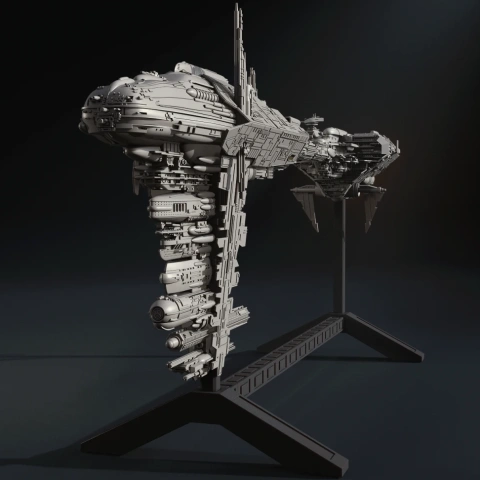
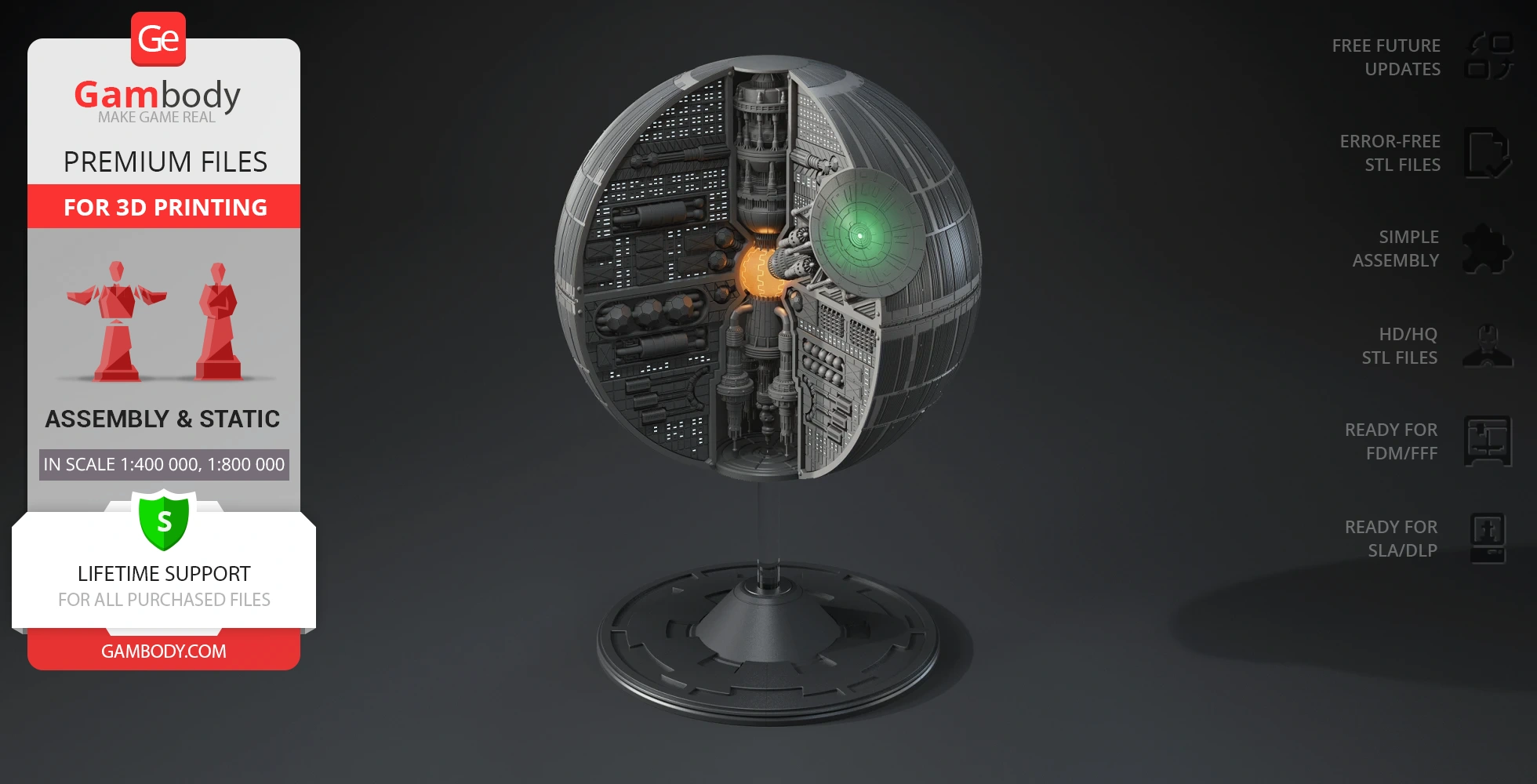
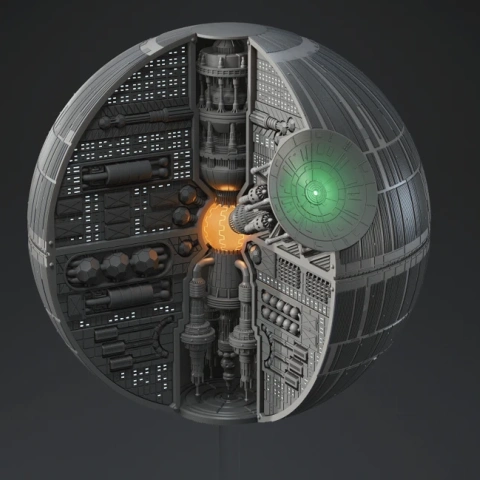
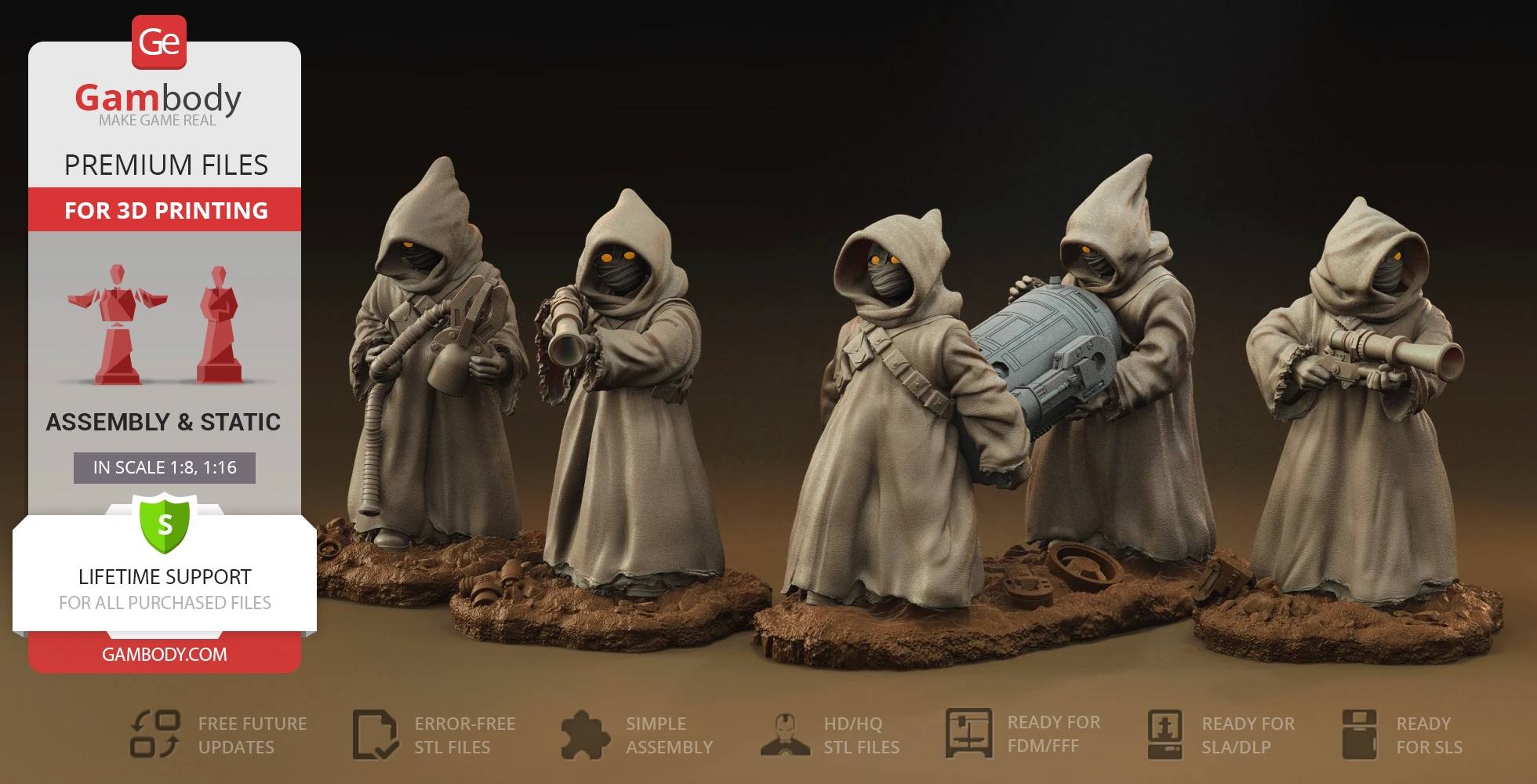
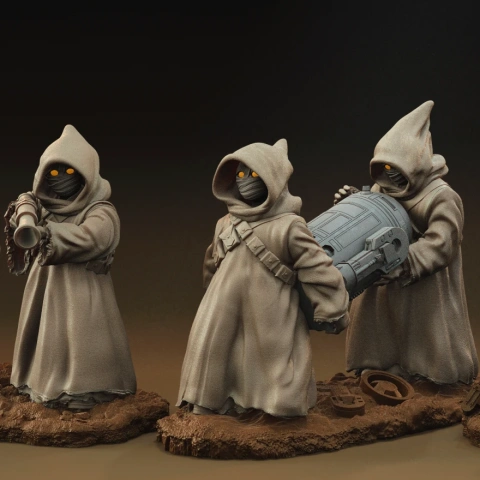
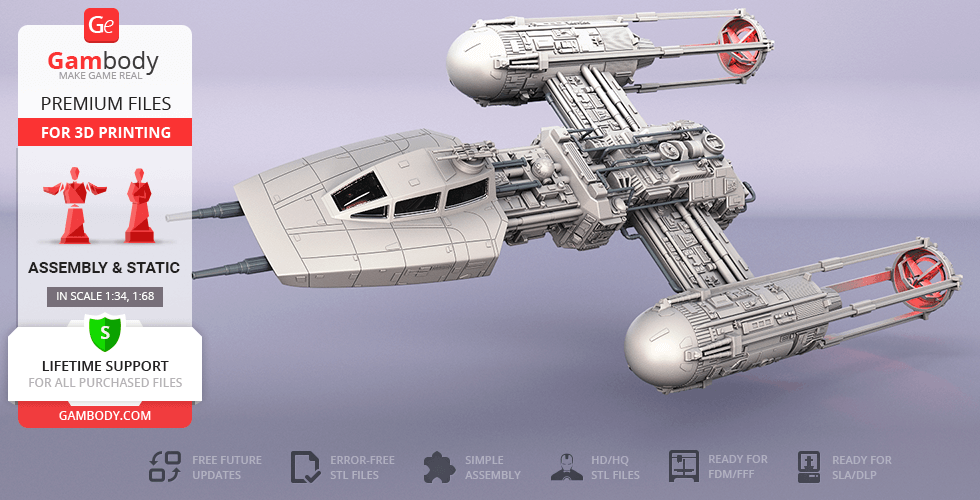
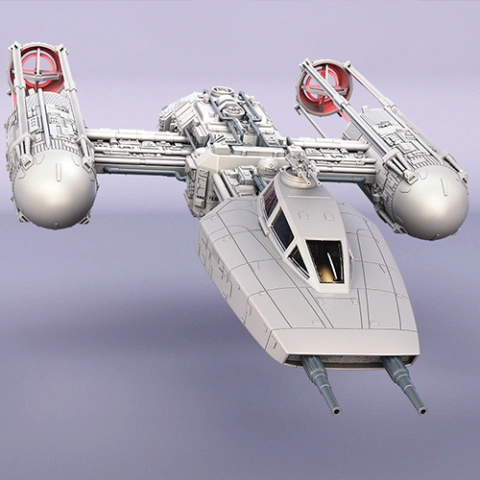
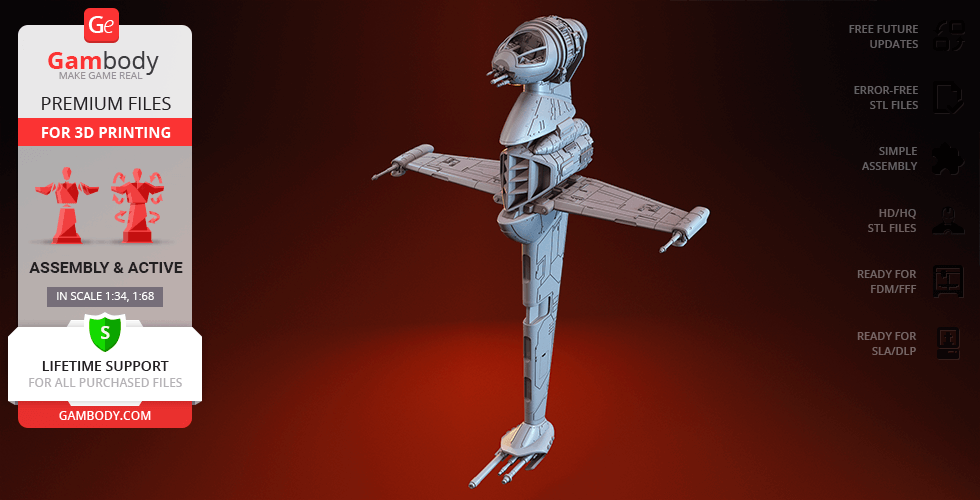
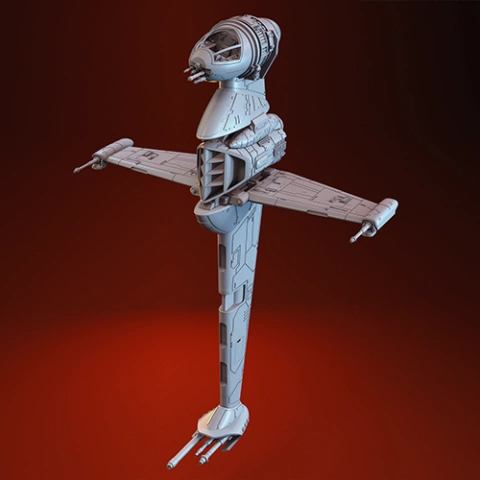
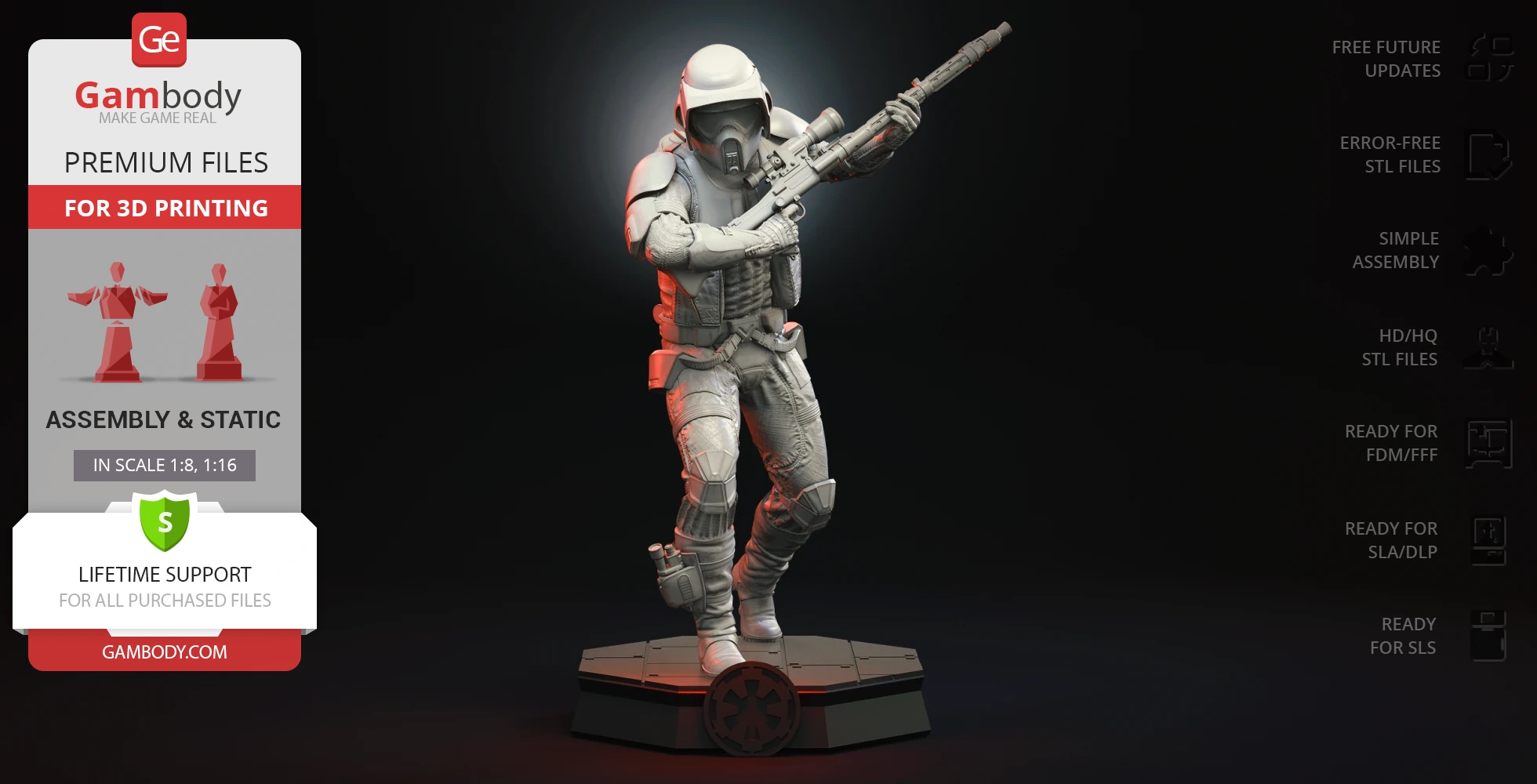
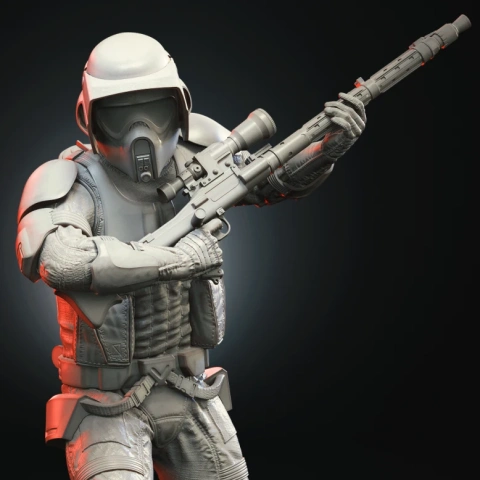
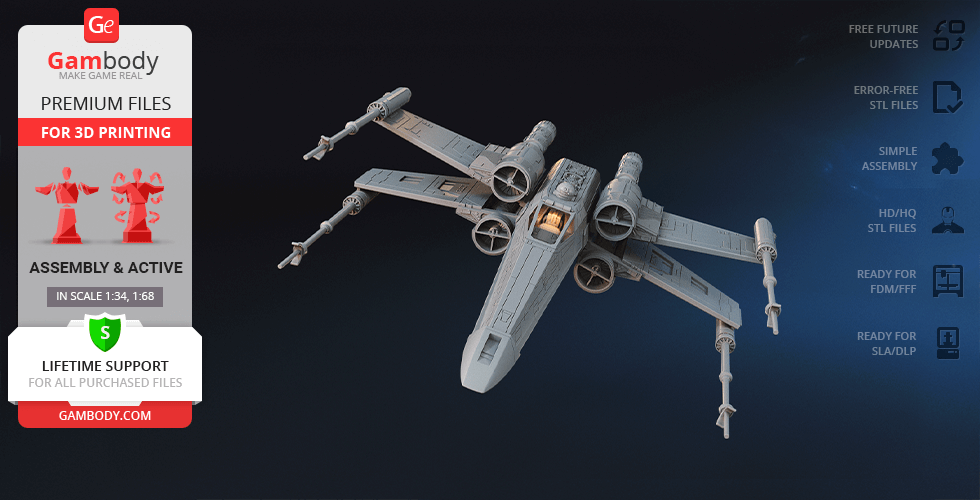
Comments